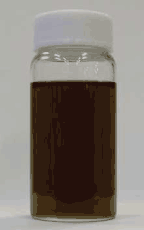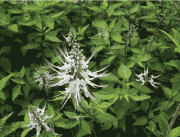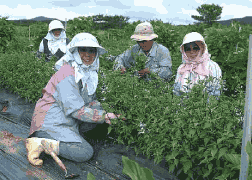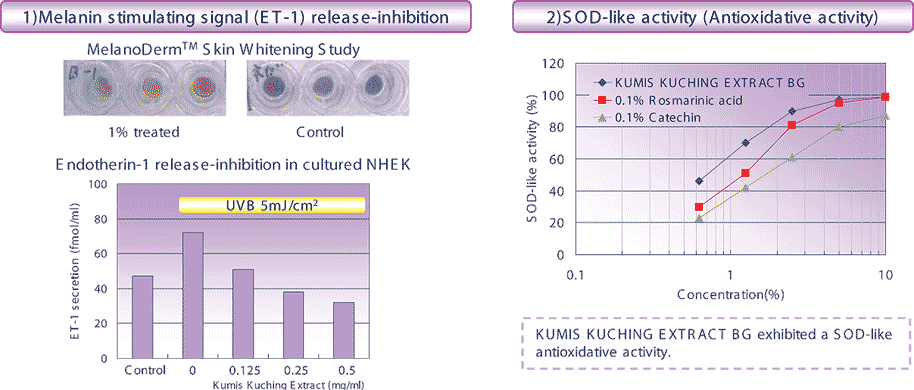KUMIS KUCHING EXTRACT BG
KUMIS KUCHING EXTRACT BG
Anti-aging extract made from plant harvested in Okinawa, Japan
● KUMIS KUCHING is believed to have anti-allergic, antihypertensive, anti-inflammatory, and diuretic properties. It is used for treating gout, diabetes and
rheumatism. In Japan, the leaves are drunk as tea that lowers blood pressure for a long time.
● KUMIS KUCHING EXTRACT BG obtained by extracting with 60% 1,3-Butylene glycol from Orthosiphon stamineus Benth. is useful as the beautification and whitening natural ingredient.


Avobe, Non-free sample.
1 Product Features
● It contains useful polyphenols such as Rosmarinic acid and Luteolin
Useful polyphenols contained in the product efficiently block the release of the stimulating factor of the melanin production (Endotherin-1).
● We use the organic plant harvested in specified farm
Kumis Kuching that we use is produced by the method of following to Japan Agricultural Standard of Organic Agricultural Products. Neither agricultural chemicals nor the prohibited chemical fertilizer are used.

Kumis Kuching farm in Okinawa.
2 Composition / Information / Specification
● Composition
| INCI Name | CAS No. | Content |
| ORTHOSIPHON STAMINEUS EXTRACT | 84012-29-3 | 0.9% |
| BUTHYLENE GLYCOL | 107-88-0 | 59.5% |
| WATER | 7732-18-5 | 39.6% |
● Specification
| Item | Specification |
| Description | Light yellow to yellow-green liquid, Faint characteristic odor |
| Identification (Polyphenols) |
Positive |
| pH | 5.0-7.0 |
| Purity (1) Heavy metals | Max. 20 ppm |
| Purity (2) Arsenic | Max. 2 ppm |
| Residue on Evaporation | 0.6 – 1.2 % |
● Packaging: 1Kg, 2Kg (brown glass bottle)
● Safety Data
1. Acute oral toxicity 2. Primary skin irritation
3. Ocular irritation 4. Skin sensitization
5. Phototoxicity 6. Photosensitization
7. Cumulative application 8. Reverse mutation (Ames)
9. Human patch
3 Experimental Data




